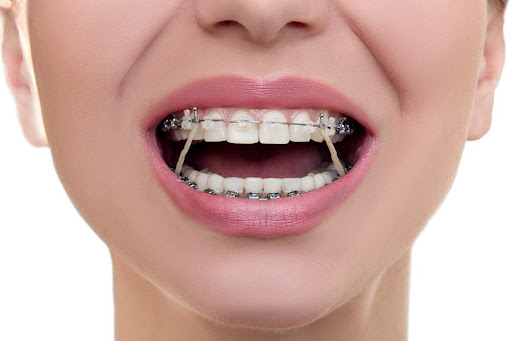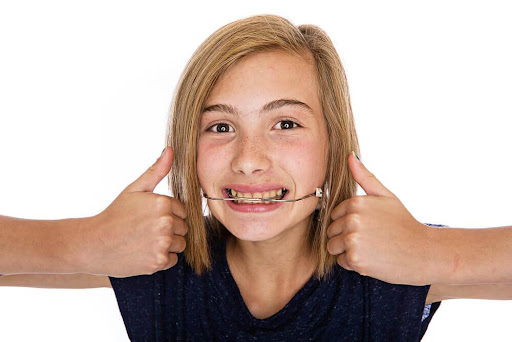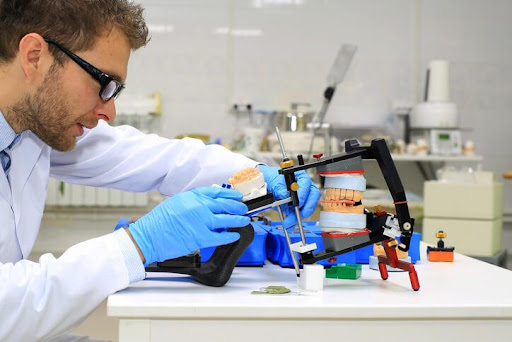If you ask most people what an orthodontist does, they will likely answer “braces.” There is no doubt braces make up a large portion of orthodontics, but there are many other treatments, too.
The word “orthodontist” means “a person who corrects the position of the teeth.” The training includes four years in dental school and two or more years of specialized education in an ADA-approved orthodontic training program. Orthodontists learn how to move teeth and reposition the jaw and which appliances to use to accomplish those things. They correct difficult alignment problems that make it hard to clean teeth properly, which leads to tooth decay, gum disease, jaw problems, and early tooth loss.
If you are wondering “what else do orthodontists do?”, read on to discover the world of orthodontic service, far beyond braces! We will summarize the alignment issues tackled by these professionals, and then explore some of the wide range of techniques and devices used to correct those problems.
Problems an Orthodontist Can Correct
You may need clarification if your dentist refers you to an orthodontist. But as you have already learned, orthodontists undertake specialized studies to ensure your teeth and jaw are properly aligned. They can diagnose and treat:
- Overbites
- Underbites
- Crossbites
- Open bites
- Misplaced midlines
- Spacing or crowding
- Crooked teeth
These issues are more than aesthetic. They affect chewing, speaking, and breathing, as well as your dental and oral health. After a comprehensive examination and 3D images, your orthodontist will offer a diagnosis and treatment plan to correct the issues.
Let’s take a look at some of the wide range of devices and treatments used to correct orthodontic issues.
What Else Do Orthodontists Do Besides Braces?
Working with braces does make up a lot of an orthodontist’s time. But they do much more than that. Here are additional orthodontic treatment options offered by orthodontists:
Clear Aligners
Clear aligners, like Invisalign, were developed in 1997 and have become one of the most popular ways to straighten and align teeth. They consist of a series of clear, customized plastic trays that fit over the teeth. Each tray strategically applies consistent pressure to the teeth in a prescribed plan.
Aligners are used to correct mild to moderate cases of bite problems and crowded teeth. They are not appropriate, in most cases, for severe misalignments, but your orthodontist will examine your teeth and jaws to make that determination.
Elastics
Elastic bands are sometimes used to assist certain orthodontic appliances, like braces and aligners, in moving teeth into the positions set in your treatment plan. The bands may be connected to teeth or hooks on the braces. The connection points of the bands are determined by your orthodontist and they must be stretched according to a precise pattern. The elastics create movement in the designated teeth while keeping other teeth from moving out of alignment.

Palatal (or Palate) Expanders
The palatal expander fits into the roof of the mouth and creates tension that stimulates bone growth. This slowly expands the width of the upper mouth. The expander is often used with children and adolescents whose bones are still developing, which makes the bones easier to manipulate. The ideal arch of the mouth is then created with enough space for the adult teeth as they come in.
With advancements in technology, devices like the Maxillary Skeletal Expander can be used very effectively in adults as well. Some orthodontic problems, like crossbites or severe crowding of teeth, are perfect candidates for the palatal expander.
Space Maintainers
As children lose their primary (baby) teeth, spaces are left that need to stay open for the adult teeth as they come in. Sometimes, though, there is a time lag between one and the other. Space maintainers are used in these cases. They fill the gap and keep the teeth around it from growing into the space.
The space maintainers are made up of a band that is attached to one tooth along with a wire. It then stretches across the gap to the tooth on the other side and keeps the space from closing. It is critical for everyone’s oral and general health that the adult teeth come in properly and space maintainers help make sure that happens.
Jaw Repositioning Appliances
Orthodontists also work with patients who suffer from temporomandibular joint disorder, also known as TMJ. This disorder causes pain in your jaw joint and in the muscles that control jaw movement. Some of the causes of TMJ include teeth grinding, jaw injuries, arthritis, and everyday wear and tear on the jawbone.
Sleep apnea is another problem that can have orthodontic solutions. The alignment of the teeth and jaws directly impacts the airway. With a misalignment, it can cause the airway to become narrower, making it more difficult to breathe during sleep.
Jaw repositioning appliances, sometimes referred to as splints, can adjust either the lower or upper jaw as needed. The whole jaw structure can then perform more naturally and in alignment. This helps alleviate the pain that results from TMJ and can bring relief to those suffering from sleep apnea.
Headgear
This appliance is often used with children to prevent future surgery to align the jaw properly. Headgear is a strap that is worn around the head and is attached to a metal wire at the upper or lower jaw in front of the mouth. Its purpose is to slow down the growth of the designated jaw while ensuring the teeth are in their proper position and fit in the jaw. Since a child’s bones are still forming, it is a perfect time for the use of headgear.

Lip & Cheek Bumpers
As the name implies, a bumper keeps the teeth away from (or prevents bumping into) the lips or inside of the cheeks. There may be excess pressure from the teeth in these areas which results in painful spots. The bumper acts as a barrier and relieves this pressure.
Retainers
Retainers are necessary after active orthodontic treatment is completed. This keeps the teeth in place as they settle into their newly aligned positions. A retainer is worn for decreasing amounts of time after the braces are removed but will always be necessary to some degree.
They can be fixed or removable, depending on your orthodontist’s recommendation. A traditional style retainer fits along the back teeth, either top or bottom, with a wire running across the front teeth. There are now also retainers that are plastic aligners and fit completely over your teeth.
Braces
As you have seen, an orthodontist has many devices and treatments available to accomplish the goal of straight, aligned teeth. Braces are still an important one. There are many more types of braces today than in the past, including clear ceramic braces and lingual braces.
Trust your orthodontist to recommend the specific style to most efficiently achieve the goal of your treatment plan.
An Orthodontist Has Many Tools in Their Toolbox

So, what else do orthodontists do? A lot more than braces, as you can see!
To help you achieve your goals of a healthy, beautiful smile, your orthodontist will use their experience and training to provide the best orthodontic device at the correct time during your treatment. That may include braces or aligners, but it might also mean appliances like expanders, spacers, headgear, retainers, or others.
There are many problems that orthodontists address. The area of early intervention with children is relatively recent and has helped many kids’ teeth and jaws develop properly. This prevents the need for braces or surgery later in life.
Our orthodontic team here at Top NoVa Orthodontics has the skill, experience, and technology to give you your best smile. We’ll proudly serve as part of your dental health team to provide the best appliance at the right time to achieve the optimal result.
To learn more about the treatment options available to you or for answers to any questions you may have, contact us today!


